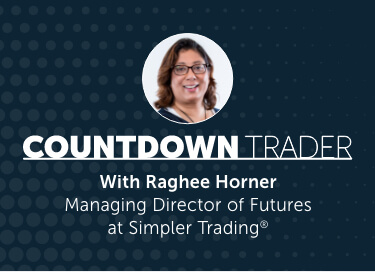Part 2 of the gold conversation
Last week, we broke down several parts of gold and the perception of good or bad news and how that affects the movement and perceived value of gold.
That conversation brought up another aspect of gold…
Reactions, correlation, and fear.
Traders have asked me, “You’re saying there’s a correlation to a greater degree of fear and gold?” yes, that’s true. I wouldn’t call the market going down based on a single session.
Fear is enough to drive people to gold, but I would consider, for example, the pandemic sell-off or 2008. There’s large enough fear, based on equities, to drive people into gold.
That brings up correlations.
Correlation for gold is going to be based on something that most people don’t talk about, an inverse or negative correlation. This means it moves opposite to real yield.
What are real yields? Real yields are basically the nominal rate of a bond.
In other words, what is the bond yield?
What does that percentage mean? what does that number minus the rate of inflation mean? That number is your real yield.
If the trend of that number is higher, real yield is moving higher, then that’s actually bearish for gold. If that number is moving lower, the nominal yield of a bond minus the rate of inflation. That’s bullish for gold.
Historically, Gold actually has an inverse relationship to real yields.
Every now and then there will be another market that gets gold’s attention. Again, there are those political and financial uncertainties. That would mean the stock market (under severe selloff conditions) could get gold’s attention and gold will rally when the equity markets sell off.
If the dollar strengthens, that is typically considered bearish for gold. If the dollar weakens, that is typically considered bullish for gold. Again, those correlations, like just about every other correlation in the market, they do ebb and flow.
I think where the rubber meets the road in this whole conversation is, “does this information show me when or how, and in which direction to trade gold or to even hold it?”.
The answer is yes.
Remember, that as traders and investors, these concepts can be a little difficult to quantify unless you have services that monitor everything. For example, a 30- day look back of the intermarket correlations between different markets.
You can also pull up a chart of gold against a chart of bonds. You can also put a chart of gold up against a chart of the U. S. dollar and visually see if they’re moving opposite. You would want to see a down day in gold versus say an up day on the dollar.
There are a few ways to look at the correlations and how tight it might be. But, the one thing that a lot of times traders forget is just to look at gold itself.



